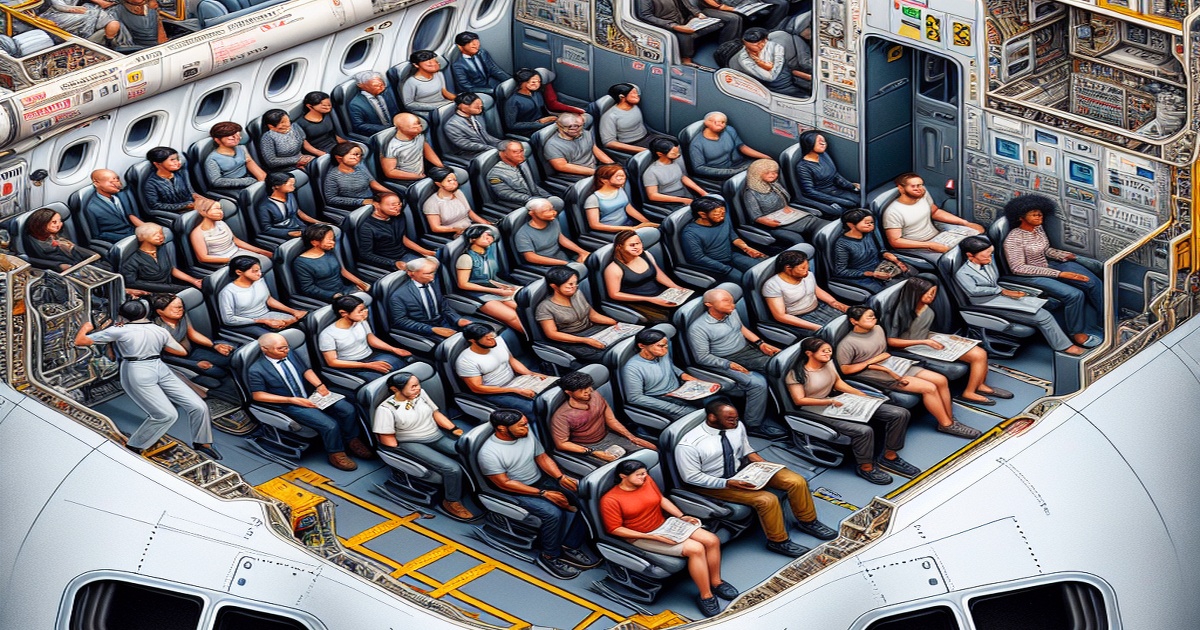The survival of a passenger who escaped through an exit door shortly after an Air India flight crashed, resulting in the death of everyone else on board, has sparked discussion about whether his seat, 11A, was the safest. However, aviation experts caution against such a simple conclusion. They emphasize that aircraft seat configurations vary significantly, and each crash presents unique circumstances. Survival often depends on a complex combination of factors.
Experts agree that it is impossible to predict survivability based solely on seat location. The specific incident involved a passenger in seat 11A, near an emergency exit, who managed to exit the London-bound Air India Boeing 787 Dreamliner after it crashed. While being near an exit door can increase the chances of survival, the seat number itself is not a guarantee. Aircraft have diverse configurations, meaning the "safest" seat will vary.
One expert noted that in this specific case, the passenger's proximity to the emergency exit likely contributed to his survival. However, this doesn't mean that seat 11A is universally the safest. A study of crashes since 1971 suggested that passengers towards the back of the plane might have better survival odds. Additionally, being near an exit door allows for a quicker escape, although some exits may not function after a crash.
Other factors also influence survival. Sitting by the aisle might facilitate a faster escape, but it also increases the risk of being struck by falling luggage. Experts emphasize the importance of paying attention to the safety briefing at the beginning of a flight. Following cabin crew instructions, including leaving belongings behind during evacuation, has been crucial in saving lives in past incidents.
Safety briefings provide essential information, such as how to secure your seatbelt, adopt the correct brace position, and plan your evacuation route. A common tip is to count the rows to the nearest exit, which is vital if visibility is limited due to smoke.
Despite the occurrence of plane crashes, aircraft design has evolved to improve passenger survival rates. These advancements include features like floor path lighting, improved fire detection and suppression systems, the use of less flammable cabin materials, and enhanced access to emergency exits. These improvements have significantly increased the likelihood of surviving accidents on or near the ground.







1 Comments
Coccinella
The whole article is pointing out how wrong it is to think of one seat as the safest. It's a matter of probability.